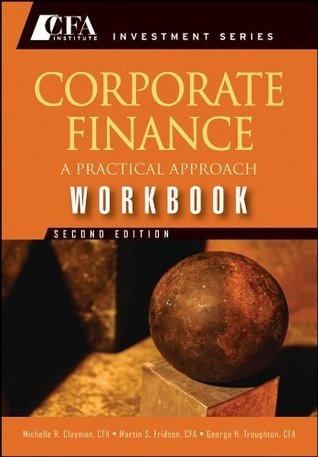
CHAPTER 1
CORPORATE STRUCTURES
AND OWNERSHIP
LEARNING OUTCOMES
The candidate should be able to:
compare business structures and describe key features of corporate
issuers
compare public and private companies
compare the financial claims and motivations of lenders and owners
SUMMARY
Common forms of business structures include sole proprietorships,
general and limited partnerships, and corporations.
Sole proprietorships and partnerships are considered extensions of
their owner or partner(s). This largely means that profits are taxed at
the individual’s personal rates and individuals are fully liable for all of
the business’s debts.
Limited partnerships and corporations allow for the specialization of
expertise in operator roles, in addition to the re-distribution of risk and
return sharing between owners, partners, and operators.
The corporate form of business structure is preferred when capital
requirements are greater than what could be raised through other
business structures.
A corporation is a legal entity separate and distinct from its owners.
Owners have limited liability, meaning that only their investment is at
risk of loss.
Corporations raise capital by selling an ownership interest and by
borrowing money. They issue stocks, or shares, to equity investors
who are owners. Debt represents money borrowed from lenders.
Longterm lenders are issued bonds.
Nonprofit corporations are formed to promote a public benefit,
religious benefit, or charitable mission. They do not have shareholders,
they do not distribute dividends, and they generally do not pay taxes.
For-profit corporations can be public or private.
In many jurisdictions, corporate profits are taxed twice: once at the
corporate level and again at the individual level when profits are
distributed as dividends to the owners.
Public corporations are usually listed on an exchange and ownership is
easily transferable.
Private corporations are not listed on an exchange and, therefore, have
no observable stock price, making their valuation more challenging.
Transactions between buyers and sellers are negotiated privately, and
ownership transfer is much more difficult.
The market capitalization of a public company is equal to share price
multiplied by number of shares outstanding.
Enterprise value represents the total value of the company and is equal
to the sum of the market capitalization and the market value of net
debt. (Net debt is debt less cash.)
Public companies are subject to greater regulatory and disclosure
requirements—most notably, the public disclosure of financial
information through periodic filings with their regulator. Private
companies are not required to make such disclosures to the public.
Given greater risks, only accredited investors are permitted to invest in
private companies.




